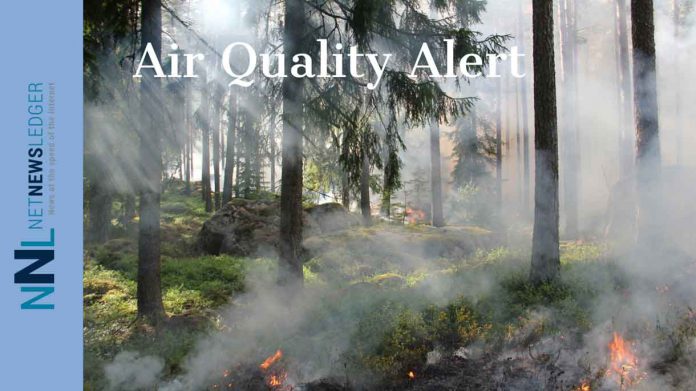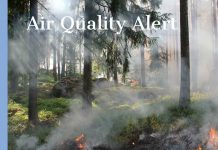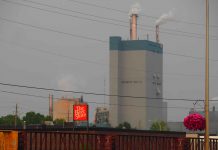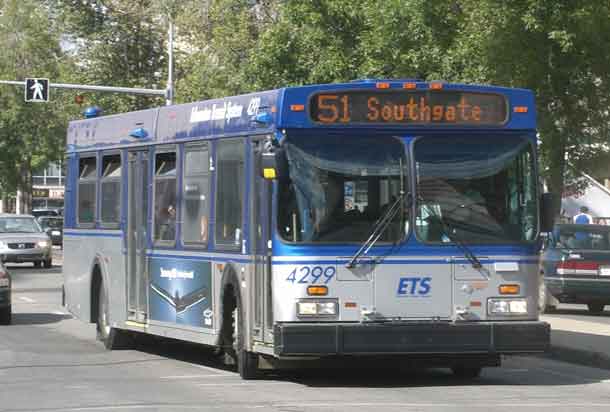Deteriorated Air Quality Due to Forest Fire Smoke
SACHIGO LAKE – WEATHER – The Big Trout Lake – Sachigo Lake – Kasabonika lake – Bearskin Lake – Marten Falls – Webequie – Armstrong – Sioux Lookout – Gull Bay – Neskantaga areas are currently experiencing high levels of air pollution caused by smoke from nearby forest fires. The smoke plumes from these fires will continue to impact the region, leading to deteriorated air quality.
Fluctuating Air Quality and Visibility
Due to wildfire smoke, air quality and visibility can vary significantly over short distances and can change rapidly from hour to hour. It is important to stay informed and take necessary precautions to protect your health and minimize exposure to smoke.
Health Risks and Vulnerable Groups
Wildfire smoke, even at low concentrations, can have harmful effects on everyone’s health. However, certain individuals are at higher risk, including those with lung disease (such as asthma) or heart disease, older adults, children, pregnant people, and individuals who work outdoors.
Take Action to Protect Your Health
If you or someone in your care experiences symptoms such as shortness of breath, wheezing (including asthma attacks), severe cough, dizziness, or chest pains, it is recommended to stop outdoor activities and seek medical attention. If you feel unwell or experience symptoms, stay indoors.
Maintaining Clean Indoor Air
To ensure clean indoor air, keep your doors and windows closed if the temperature inside is comfortable. Consider using an air purifier with a High Efficiency Particulate Air (HEPA) filter in a frequently occupied room. Avoid air purifiers that produce ozone. Regularly check and replace the filter as needed.
Finding Clean Air and Taking Breaks
If the smoke becomes overwhelming, seek clean and cool air by temporarily relocating to places like libraries, shopping malls, or community centers. Contact local health or municipal authorities for more information on clean air locations in your community.
Using Respirator Masks
If you must be outdoors, wearing a well-fitted respirator mask, such as a NIOSH certified N95 or equivalent, can help reduce your exposure to the fine particles in smoke. These masks should create a seal and not allow air to pass through small openings. However, note that respirators do not protect against the gases present in wildfire smoke. Monitor your symptoms and reduce or stop activities if necessary.
Checking on Vulnerable Individuals
Keep a lookout for individuals who may be more susceptible to the effects of smoke, including the elderly, children, and those with pre-existing health conditions. Ensure they are safe and taking necessary precautions.
Stay Informed and Prepared
Pay attention to information and instructions from local authorities. If advised to evacuate, follow the guidance promptly. Review your wildfire smoke plan and ensure you have an adequate supply of necessary medical items if the smoke continues to impact your community.
Mental Health Awareness
It is normal to feel anxious or isolated during a smoke event. If you experience stress, anxiety, or depression, reach out to your mental health care provider for support or visit the website [insert website URL] for resources and guidance.
Reduce Health Risks and Stay Updated
For more information on reducing health risks and understanding your personal contribution to pollution levels, as well as current and forecast Air Quality Health Index (AQHI) values, visit the website www.airhealth.ca. This resource provides valuable information on how to protect your health during smoky conditions.





